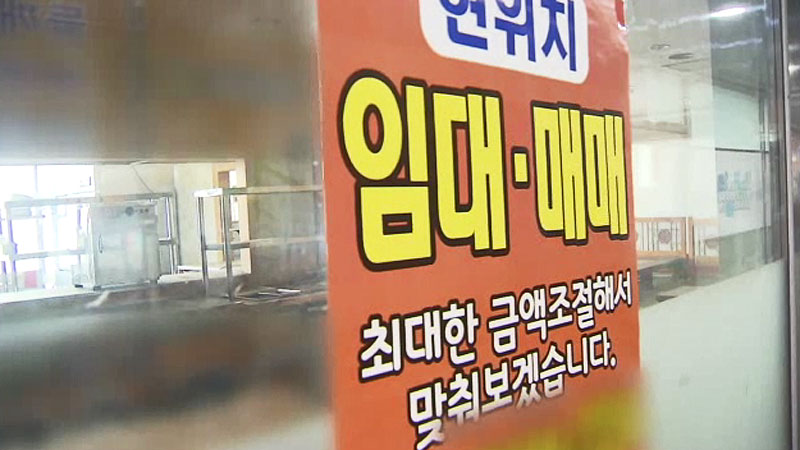<Anchor>
In the second quarter of the year, the gap between Korea's high-income and low-income groups was the largest. The cause of this polarization is attributed to the increased number of self-employed business owners and the impact of the recession on low income groups.
I'm Hwa Kang Yoon.
<Reporter>
You can easily find restaurants that are folded in Sejong City, one of the shopping malls.
Many of our locations are also complaining about reduced sales.
[Kim Jin-cheol / Self-employed: Not only the food stuff but also the labor costs are up a lot. This is desperate. There is no hope.]
Self-employed people suffering from business difficulties can fall to the bottom of their income bracket, and the National Statistical Office survey showed that this phenomenon is widespread.
[Park Sang-young / Statistics Bureau of household budget trend: As the industry continues to suffer slowdown in self-employment, self-employed persons in the second, third and fourth quartiles are falling into the lower income quartile.]
The income gap widened in the second quarter of the year, as the recession has been concentrated on low-income groups.
The per capita income of the top 20 percent of households was 5.3 times the per capita income of the bottom 20 percent, the largest since the statistics compiled in the second quarter.
However, the decline in incomes of low-income people, which had appeared for five consecutive quarters until the first quarter, was stopped in the second quarter.
It was influenced by the government's increased unemployment benefits, child allowances, and basic pensions for low-income people.
The government says incomes are growing in all but low-income brackets and that the income gap will narrow in the second half due to further enforcement.
Recession hit only low-income class Income gap 'worst'
2019-08-22T23:17:11.472Z

In the second quarter of the year, the gap between Korea's high-income and low-income groups was the largest. The cause of this polarization is attributed to the increased number of self-employed business owners and the impact of the recession on low income groups.
Source: sbskr
